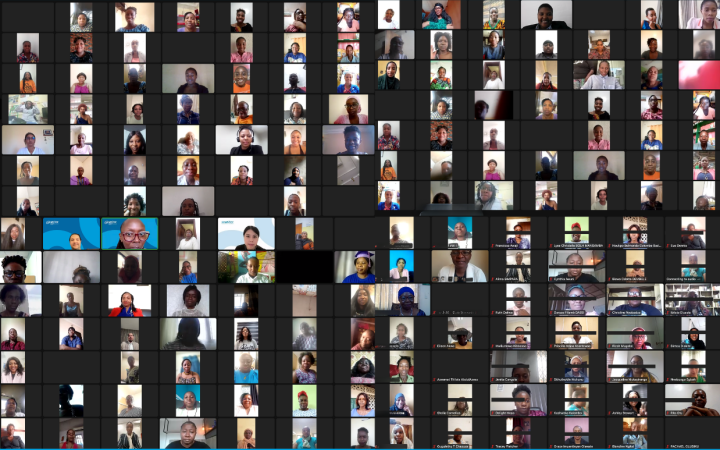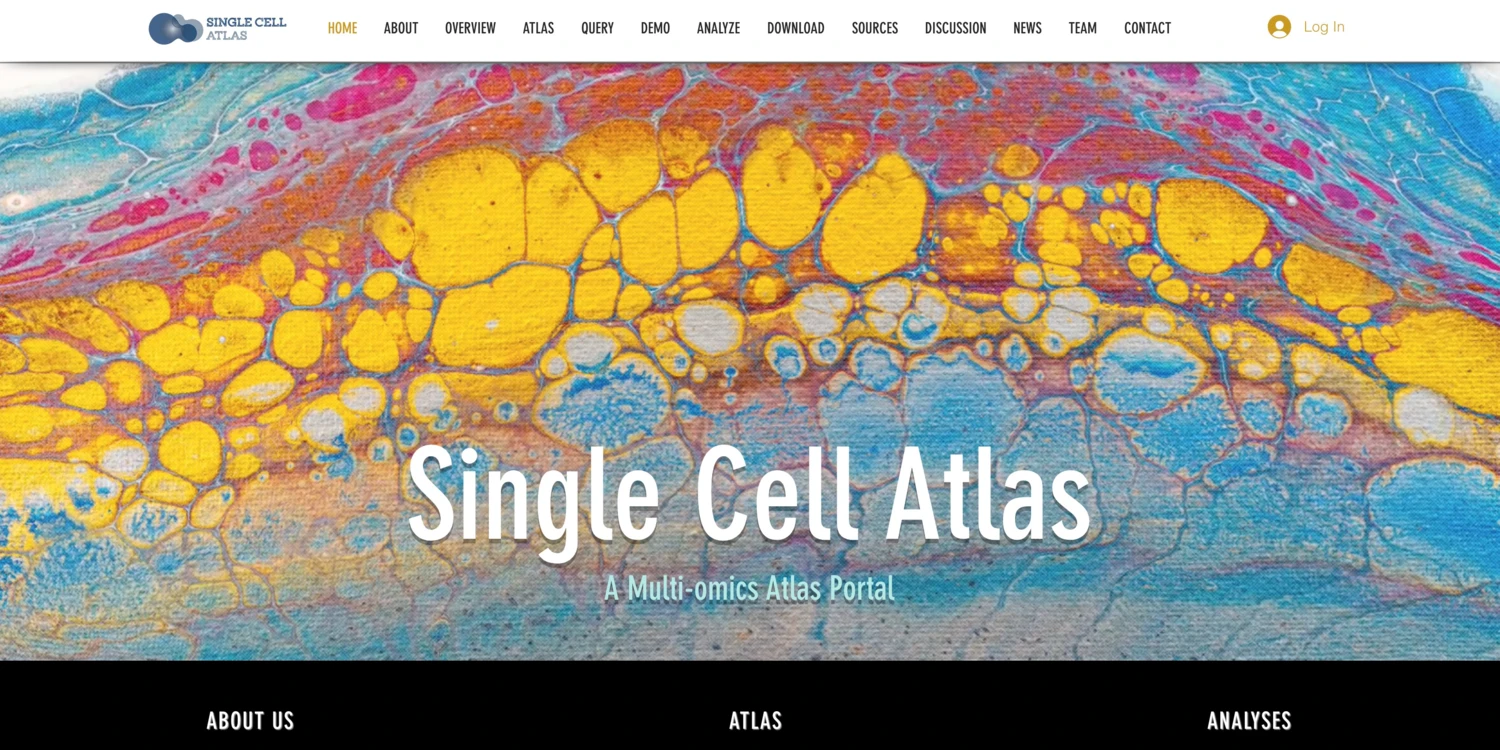1 December 2021, Sydney Australia: New research highlights the potential benefits of establishing Australia’s first pan-cancer navigation model. The All.Can Australia Cancer Care Navigator Analysis Report outlines how patients and the economy could benefit from a single model which would help all patients navigate the health system throughout their cancer journey.
The report was developed by All.Can Australia, the local chapter of a global initiative to drive sustainable healthcare solutions for those affected by cancer, in collaboration with research partner Healthcare Management Advisors (HMA).
The integrated cancer care navigation model proposed in the report would help guide those diagnosed with cancer – regardless of cancer type, demographic or location – through Australia’s complex health system. The novel approach proposed by All.Can Australia has been designed to drive equitable access to cancer services, make the best use of existing resources and address a critical unmet need.
According to patients, peak national bodies, cancer and health organisations, navigation continues to be a universal unmet need in Australia. Cancer navigation is recognised as a national priority area and was raised at the Cancer Australia Ministerial Roundtable in April this year. According to a survey of Australians with cancer undertaken by All.Can in 2018, patients encounter significant confusion and distress when moving through the health system. 1 While patients with access to cancer specialists nurses, were better able to overcome barriers to care.1
The research process undertaken by HMA included a literature scan, stakeholder consultations and economic modelling to determine the feasibility and economic viability of a pan-cancer navigation model. The report concludes that pan-cancer care navigation may be able to deliver multiple patient, health system and economic benefits. Key findings include:
· Total service costs for this model were estimated at $56 million per annum.2
· The model3 estimated that the proposed pan-cancer navigation model would generate net annual economic savings of:
– $67 million to the health system, through reductions in inpatient care and emergency department presentations
– $5 million to workplace productivity by reducing employee absenteeism
– $3 million in reduced patient education expenses for not-for-profit organisations
– $7 million in reduced transport costs for patients.
· The model could generate annualised savings of $46 million per annum or $900 per patient.4
– Represents a return on investment of 44% based on the overall service cost
All.Can Australia also views the model as an opportunity to utilise emerging technology to drive better connectivity and equitable access in the cancer space. The pan-cancer navigation model has the potential to leverage customer relationship management (CRM) telehealth and emerging artificial intelligence, along with experienced navigators (both allied and healthcare professionals) already working across the health system.
Professor John Zalcberg – Co-Chair of the All.Can Australia Steering Committee and Head of the Cancer Research Program, Department of Epidemiology and Preventive Medicine School of Public Health at Monash University – said the efforts to investigate an Australian pan-cancer care navigation approach have the potential to transform cancer care delivery.
“We understand that navigation confusion continues to be a pain point for many cancer patients. This report helps to take our work to the next step, as now we potentially have a solution to tackle this. While the economic analysis of our research shows strong return on investment, it is the ability to better utilise existing services and create better connectivity that will make a huge difference to patients,” said Professor Zalcberg.
Bill Petch –Chief Executive Officer of National Asthma Council Australia and Co-Chair of the All.Can Australia Steering Committee – said adopting a universal approach to cancer care navigation will position Australia as a leader in patient-centric care.
“Patients have long shared their feelings of disempowerment within our current health system. The adoption of a patient-centric and technology driven navigation model could help address the multitude of unmet needs Australians with cancer face, including unequitable access. Our focus and investments should really be aimed at novel solutions that have potential to meet the needs of all Australians now and in the future,” said Mr Petch.
All.Can Australia plans to leverage the research findings to explore opportunities to pilot the proposed cancer care navigation model in Australia to collect further data and revisit the estimated benefits.
Those wishing to stay updated on All.Can Australia news are encouraged to follow








.jpg?sfvrsn=97edde42_5)